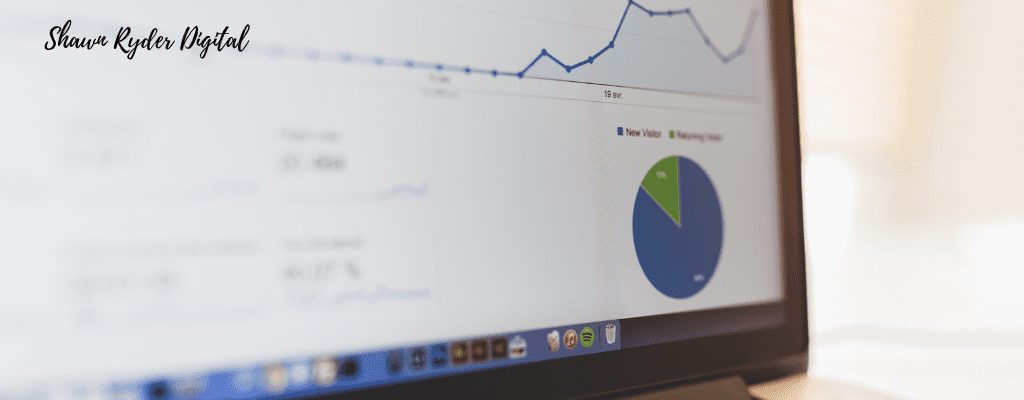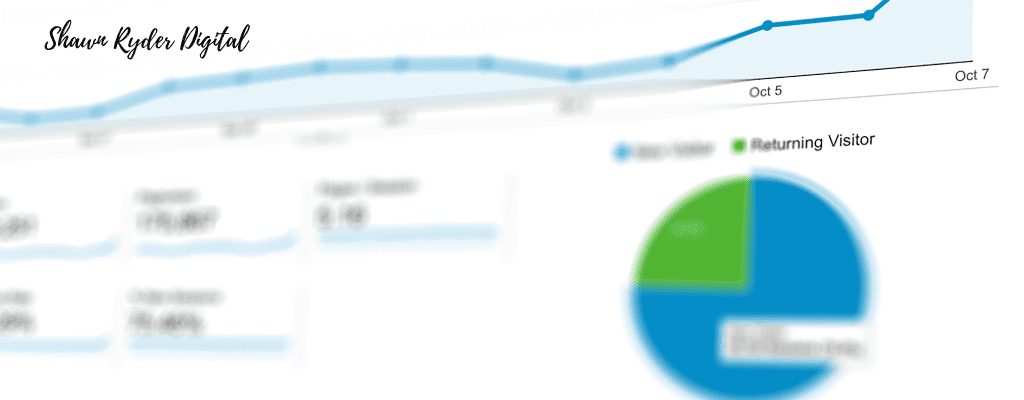Google Analytics 4 is the latest version of Google’s popular web analytics tool. GA4 introduces a number of new features and changes, most notably the use of machine learning to automatically generate insights and reports. In this article, we’ll give you a brief overview of GA4 and what it can do for your business.
Introduction: What is Google Analytics 4?
Google Analytics 4 is a new version of Google Analytics that was announced in October 2019. It is a re-imagining of Google Analytics and introduces several new features and improvements.
One of the key new features is the use of machine learning to provide insights that were not possible with the previous version. This includes things like identifying patterns in data, understanding how users interact with your site and predicting future outcomes.
Another major change is the move to a unified data model, which will make it easier to understand how your website or app is performing. This will also allow you to more easily integrate Google Analytics 4 with other Google products, such as AdWords and BigQuery.
Overall, Google Analytics 4 promises to be a more powerful and flexible tool for understanding your website or app’s performance.
Why GA4 is different from Universal Analytics
As Google Analytics 4 (GA4) begins its rollout, it’s important to understand the differences between GA4 and Universal Analytics (UA). Here are four key ways GA4 is different from UA:
- Data model: GA4 uses a data-first approach that starts with events. This means that all data is processed as events, regardless of whether they come from the web, app, or other sources. This makes it easier to collect and process data from a variety of devices and platforms.
- Measurement: GA4 provides a more flexible measurement than UA. With GA4, you can create custom reports and dashboards to better understand your users and their behavior. You can also set up automatic event tracking to capture all the data you need without having to code anything.
Google Analytics 4 is Google’s latest version of its web analytics tool. GA4 is different from Universal Analytics in several ways, including the way it collects and processes data, the way it organizes data, and the way it presents data.
One of the biggest differences between GA4 and Universal Analytics is the way data is collected and processed. With GA4, Google has made it easier to collect and process large amounts of data in real-time. This means that you can get more accurate results faster with GA4 than with Universal Analytics.
Another difference between GA4 and Universal Analytics is the way data is organized. With GA4, all of your data is organized into “events”. This makes it easier to see how different events are related to each other and to understand how your users are interacting with your website or app.
How to get started with GA4
Are you looking to get started with Google Analytics 4? GA4 is the latest version of Google Analytics, and it offers a lot of new features and benefits. Here’s a quick guide on how to get started with GA4.
First, you’ll need to create a GA4 property in your Google Analytics account. To do this, go to the Admin section and click on ‘Create Property.’ Then, select ‘Google Analytics 4’ from the list of options.
Once you’ve created your GA4 property, you’ll need to set up your data tracking. GA4 offers several different ways to track data, so you’ll need to decide which method(s) are best for your needs.
Finally, you’ll need to implement the tracking code on your website or app.
Once you’ve set up your tracking code, it’s time to start collecting data. GA4 offers a variety of reports that can help you understand your website traffic. Explore the different reports and see which ones are most useful for you.
That’s it!
The data model in GA4
The data model in GA4 is a powerful tool that allows you to manage your data and keep track of your business goals. With this tool, you can see how your data affects your business goals, and make changes to improve your results.

How events work in GA4
When you’re ready to track events in your GA4 web property, there are a few things you need to know. First, you need to understand how events work. Events are interactions with content that can be measured independently from a page view. They can be anything from clicks, downloads, or form submissions. To track an event, you’ll need to add some code to your site. This code is called an “event tag.” Event tags are snippets of JavaScript that send information about the event to Google Analytics. There are two parts to an event tag:
- The category: This is the name of the event type. For example, if you’re tracking a button click, the category might be “buttonclick.”
- The action: This is the name of the specific interaction you’re tracking.
Conclusion
Google Analytics 4 has been a game changer for digital marketing and website analysis. It provides users with more data and transparency than ever before. The user interface is also much improved, making it easier to understand and use. Overall, Google Analytics 4 is a valuable tool that can help dealerships make better decisions about their digital marketing efforts.
Please rate this post

With over 20 years of experience in the car business, I’ve navigated the evolution of the industry from traditional sales to the dynamic digital age. My journey through various roles in both sales and management has endowed me with a unique perspective on the challenges and opportunities in automotive sales today.
As the founder of Shawn Ryder Digital, I combine my extensive background in technology with my deep understanding of the automotive industry. This synergy allows me to craft digital marketing strategies that are not just effective but tailored to the specific needs of each dealership. My commitment is to drive your sales, enhance your brand awareness, and ensure your dealership thrives in the digital landscape.
Here at Shawn Ryder Digital, we’re not just about providing services; we’re about building partnerships. As I often say, “In the fast-paced world of digital marketing, staying ahead isn’t just an option; it’s a necessity.”
Together, let’s embrace the challenges of the digital age and turn them into opportunities for growth and success. Join me in redefining the future of automotive digital marketing. Let’s accelerate your dealership’s journey to the top.
